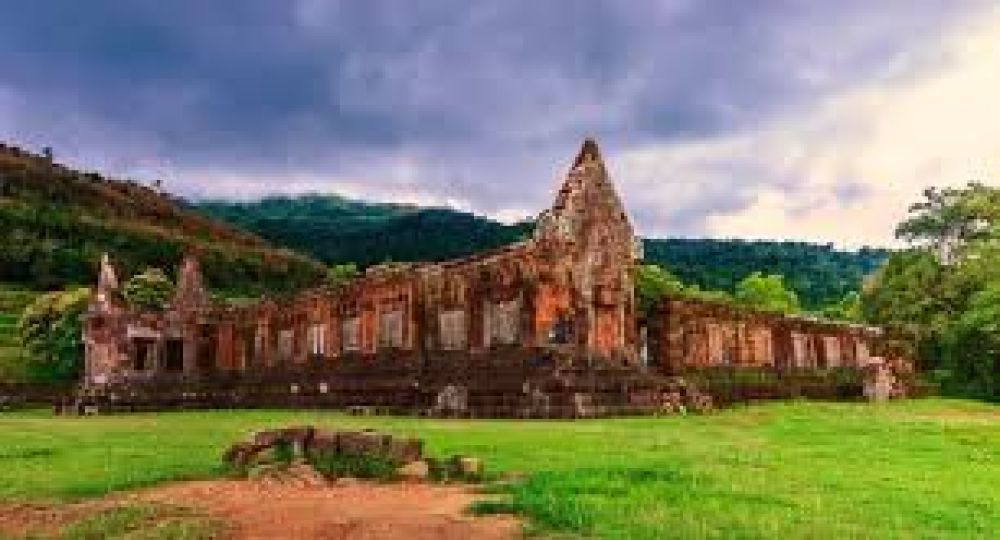

Nestled in the southern region of Issan in Thailand, Vat Phou or Wat Phu is an ancient Khmer temple complex that dates back to the 5th century. However, most of the surviving structures are from the 11th to 13th centuries, during the Angkorian period. It was originally built as a Hindu temple dedicated to the god Shiva, evidencing the widespread influence of the Khmer Empire. Over time, Vat Phou became a center of Theravada Buddhism, which is still practiced in Thailand today.
Tourism at Vat Phou began to develop significantly in the latter part of the 20th century, particularly after it was designated as a UNESCO World Heritage Site in 2001. This recognition raised awareness of the site's cultural and historical value, leading to an increase in visitors from around the world. Efforts in preservation and sustainable tourism practices have been made to ensure that the site retains its integrity and essence.
An integral part of tourism at Vat Phou is its annual festival, usually occurring in February around the full moon of the third lunar month. This event, which features traditional music, dance, and cultural performances, attracts both locals and tourists, creating a vibrant and dynamic atmosphere at the site.
With the rise of digital nomadism and sustainable travel, Vat Phou has seen a surge in eco-conscious tourists seeking experiences that are both enriching and respectful of the environment. There is a growing trend of visitors participating in local community-driven tours, enjoying the natural and historical sites, and engaging in slower, more immersive travel experiences. Furthermore, following the global shift in travel preferences due to the COVID-19 pandemic, there has been a noted increase in domestic tourism, with Thai residents exploring their nation's heritage with greater interest and pride.
Preserving Vat Phou for future generations has been at the forefront of the tourism development strategy. Conservation projects have been implemented to maintain the structural integrity of the temple ruins, and responsible tourism practices are encouraged among visitors. Public education campaigns raise awareness about the importance of protecting and preserving this historical gem.